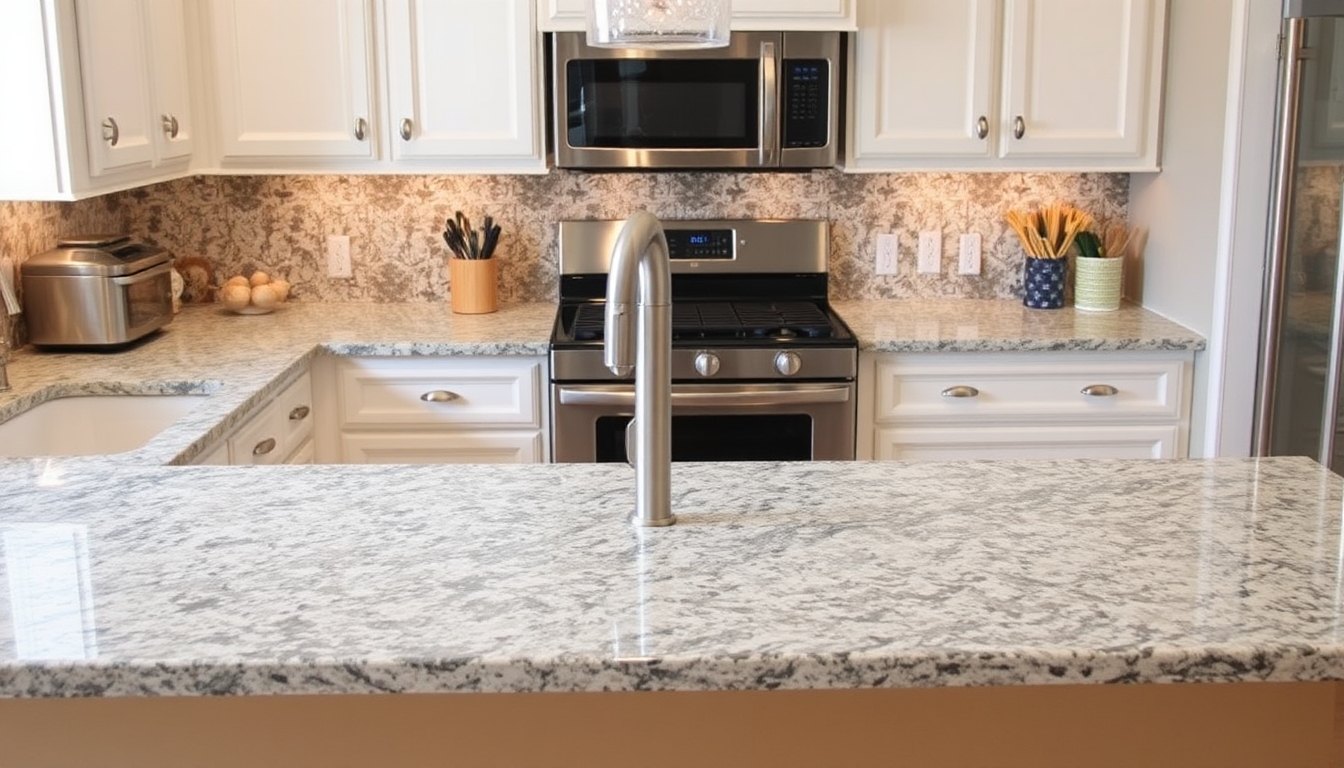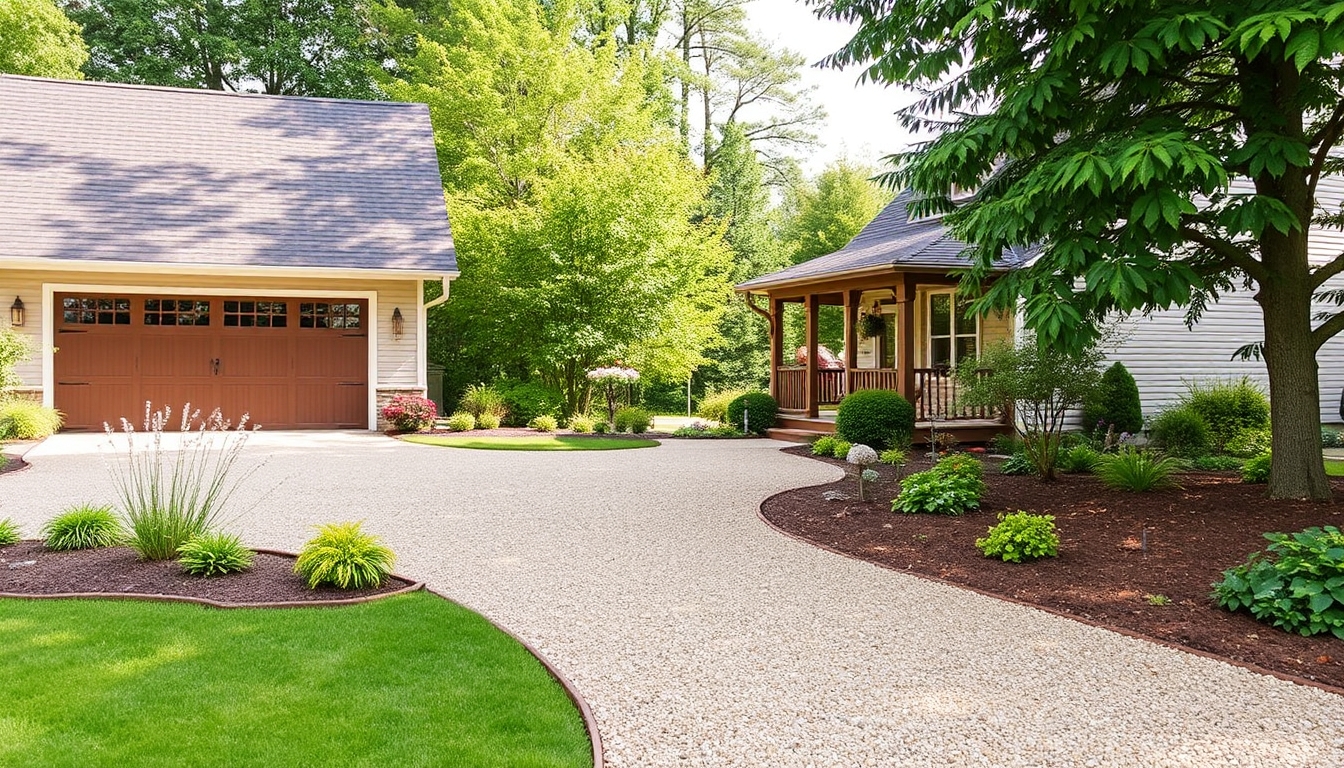Are you ready to tackle your own drywall project? Whether you’re a seasoned DIY enthusiast or a beginner looking to save some bucks, mastering the art of drywall installation can be a game-changer. From patching up holes to creating flawless walls, this comprehensive step-by-step guide will equip you with the knowledge and techniques you need to achieve professional-looking results. So, roll up your sleeves and let’s dive into the world of DIY drywall!
Understanding Drywall: A Brief Overview
Before diving into the nitty-gritty of DIY drywall installation, it’s essential to have a basic understanding of what drywall actually is. Also known as gypsum board or plasterboard, drywall is a widely used material for creating interior walls and ceilings.
Composed of a core of gypsum sandwiched between layers of paper, drywall offers a smooth and durable surface for painting or wallpapering. It is available in various thicknesses, with the most common being 1/2-inch and 5/8-inch.
One of the key advantages of drywall is that it is relatively easy to work with, making it a popular choice for both professionals and DIY enthusiasts. However, it still requires careful attention to detail and proper techniques to achieve a flawless finish.
The Tools You’ll Need
Before getting started, gather the necessary tools to ensure a smooth and efficient process. Here are some essential tools you’ll need:
- Measuring tape
- Drywall panels
- Drywall screws
- Drywall saw or utility knife
- T-square or straightedge
- Screwdriver or drill
- Mud pan and taping knife
- Sanding block or sandpaper
Having these tools readily available will save you time and effort throughout the project.
Preparing for Drywall Installation
Proper preparation is crucial for a successful drywall installation. Here are the steps you should follow:
1. Measure and Plan
Start by measuring the dimensions of the area where you’ll be installing the drywall. Take accurate measurements of the height and width, accounting for any obstacles like windows or doors. This will help you determine the number of drywall panels you’ll need.
2. Gather Materials
Once you have the measurements, purchase the necessary drywall panels, screws, and other materials. Opt for high-quality materials to ensure durability and a professional finish.
3. Prepare the Workspace
Clean the area where you’ll be installing the drywall, removing any debris or obstructions. Ensure that the surface is smooth and level, as any imperfections will affect the final result.
Additionally, protect the surrounding surfaces by covering floors and furniture with drop cloths or plastic sheets. This will prevent any damage or mess during the installation process.
4. Cut the Drywall
Using a drywall saw or utility knife, carefully cut the drywall panels to fit the measurements of your walls or ceiling. Take your time to ensure precise cuts, as accurate sizing is essential for a seamless installation.
Remember to use safety precautions while cutting, such as wearing gloves and eye protection.
By following these preparation steps diligently, you’ll set yourself up for a smooth and successful drywall installation process.
Installing and Finishing Drywall
Now that you’ve prepared the workspace, it’s time to move on to the actual installation and finishing of the drywall. Follow these steps for a professional-looking result:
1. Installation
Start by positioning the first drywall panel against the wall or ceiling, ensuring it is level and aligned correctly. Secure the panel in place using drywall screws, placing them approximately 12 inches apart along the edges and every 16 inches in the field.
Continue this process for the remaining panels, making sure to leave a small gap between each panel to allow for expansion. Use a T-square or straightedge to ensure straight and accurate placement.
2. Taping and Mudding
Once the drywall panels are installed, it’s time to tape and mud the joints. Apply drywall joint tape over the seams, pressing it firmly into the joint compound (mud) using a taping knife.
Next, apply a thin layer of joint compound over the tape, feathering the edges to create a smooth transition. Allow this layer to dry completely before proceeding.
3. Sanding and Finishing
After the joint compound is dry, use a sanding block or sandpaper to smooth out any rough edges or imperfections. Be careful not to sand too aggressively, as it can damage the drywall surface.
Apply additional layers of joint compound as needed, sanding between each layer until you achieve a seamless finish. Remember to feather the edges to blend the compound with the surrounding drywall.
4. Priming and Painting
Once the joint compound is completely dry and sanded smooth, it’s time to prime the drywall before painting. Apply a coat of high-quality primer, allowing it to dry according to the manufacturer’s instructions.
Finally, apply your chosen paint color, using a roller or brush for even coverage. Allow the paint to dry completely before enjoying your newly finished drywall.
By following these installation and finishing steps carefully, you’ll achieve a polished and professional look for your DIY drywall project.
Tips and Tricks for DIY Drywall Success
While installing and finishing drywall may seem like a challenging task, these tips and tricks will help you navigate the process with confidence:
1. Take Proper Safety Precautions
Always wear safety goggles, gloves, and a dust mask when working with drywall. This will protect you from potential injuries and minimize the inhalation of dust particles.
2. Use the Right Tools
Investing in quality tools will make a significant difference in your drywall installation. Ensure you have a sharp utility knife, a reliable drill or screwdriver, and a sturdy taping knife for smooth application of joint compound.
3. Secure Drywall Properly
When hanging drywall, make sure the screws penetrate the panels without breaking the paper layer. Be careful not to overtighten the screws, as it can damage the drywall.
4. Minimize Joint Compound Application
Apply joint compound in thin layers, feathering the edges to create seamless transitions. Avoid applying thick layers, as it will require excessive sanding and may lead to cracking.
5. Take Breaks and Allow Drying Time
Drywall installation and finishing require patience. Take breaks when needed, and allow sufficient drying time between coats of joint compound and before sanding.
6. Practice Proper Sanding Techniques
When sanding, use light pressure and make smooth, even strokes. Be mindful of the dust created and use a sanding block or vacuum attachment to minimize mess.
7. Use Proper Ventilation
Ensure the workspace is well-ventilated by opening windows or using fans. Proper airflow will help the joint compound dry faster and minimize the inhalation of dust.
By following these tips and tricks, you’ll enhance your DIY drywall skills and achieve exceptional results.
Common Mistakes to Avoid
While DIY drywall projects can be rewarding, there are some common mistakes that you should be aware of and avoid. By steering clear of these pitfalls, you’ll save time, effort, and frustration. Here are some mistakes to watch out for:
1. Insufficient Planning
Skipping the planning phase can lead to unnecessary mistakes. Measure accurately, purchase the right amount of materials, and plan the layout before starting your project.
2. Poor Cutting Techniques
Avoid rushed or imprecise cuts when trimming drywall panels. Take your time and use proper tools to ensure clean and accurate cuts.
3. Overdriving Screws
Be cautious not to overdrive screws into the drywall, as it can break the paper surface and weaken the hold. Use just enough pressure to secure the panels in place.
4. Uneven Joint Compound Application
Applying joint compound too thickly or unevenly can result in an unsightly finish. Take care to feather the edges and maintain a consistent layer of compound for seamless blending.
5. Rushing the Drying Process
Allow sufficient drying time between coats of joint compound and before sanding. Rushing this process can lead to a compromised finish and potential cracking.
6. Neglecting Proper Ventilation
Ensure adequate ventilation in the workspace to facilitate drying and minimize the accumulation of dust and fumes.
7. Skipping Sanding and Priming
Skipping the sanding process and neglecting to prime the drywall can result in an uneven and less durable final finish. Take the time to sand and prime properly for optimal results.
By being aware of these common mistakes and taking the necessary precautions, you’ll increase your chances of achieving professional-looking results with your DIY drywall project.
Conclusion: Your DIY Drywall Success
Congratulations! You’ve now learned the essentials of DIY drywall installation and finishing. By following the steps outlined in this guide and avoiding common mistakes, you’re well on your way to achieving professional-quality results.
Remember that practice makes perfect, and don’t be discouraged if your first attempt isn’t flawless. As you gain experience, your skills will improve, and you’ll become more comfortable working with drywall.
Always prioritize safety by wearing the appropriate protective gear and working in a well-ventilated area. Take your time during each stage of the process, ensuring accurate measurements, precise cuts, and even application of joint compound.
Keep in mind that drywall installation can be physically demanding, so take breaks when needed and listen to your body. Rome wasn’t built in a day, and your drywall project doesn’t need to be rushed either.
As you complete your DIY drywall project, take pride in your accomplishment. The satisfaction of transforming a space with your own two hands is truly rewarding.
Now that you have the knowledge and confidence to tackle your drywall project, it’s time to get started. Roll up your sleeves, gather your tools, and let your creativity shine as you create seamless walls and ceilings with your newfound DIY drywall skills!
Seeking Professional Help
While tackling a DIY drywall project can be fulfilling, it’s important to recognize when it may be best to seek professional help. Here are a few scenarios where hiring a professional may be beneficial:
1. Complex or Extensive Projects
If you’re faced with a complex drywall project, such as vaulted ceilings or intricate wall designs, it may be wise to bring in a professional who has the expertise and experience to handle the intricacies involved.
2. Time Constraints
If you have a tight deadline or limited time to complete the project, professionals can work efficiently and effectively to ensure the job is done in a timely manner.
3. Physical Limitations
Drywall installation can be physically demanding, especially for larger projects. If you have physical limitations or health concerns that could hinder your ability to perform the necessary tasks, hiring a professional is a wise choice.
4. Desire for Perfection
If you have high expectations for a flawless finish and lack confidence in your DIY skills, enlisting the help of a professional can give you peace of mind knowing that the job will be done to the highest standards.
5. Lack of Experience
If you’re a beginner with little to no experience in drywall installation, it’s advisable to consult with a professional who can guide you through the process and ensure optimal results.
Remember, hiring a professional doesn’t mean you’ve failed in your DIY endeavors. It simply means recognizing when it’s best to rely on the expertise of someone with specialized skills and knowledge.
Ultimately, the decision to hire a professional or tackle a drywall project yourself depends on your specific circumstances, skills, and comfort level. Assess your situation honestly and make the choice that will result in the best outcome for your project.
Cost Considerations for DIY Drywall
When embarking on a DIY drywall project, it’s important to consider the associated costs. While doing it yourself can save money compared to hiring a professional, there are still expenses to keep in mind. Here are some cost considerations:
1. Materials
Drywall panels, screws, joint compound, primer, paint, and other materials are necessary for the project. Research prices and plan your budget accordingly. Remember to account for any specialized tools you may need to purchase or rent.
2. Waste and Overages
It’s wise to purchase slightly more materials than you think you’ll need to account for waste and potential mistakes. This can add to the overall cost, so factor it into your budget calculations.
3. Time and Effort
While not a direct monetary cost, it’s important to consider the time and effort you’ll invest in the project. Assess the value of your time and determine if it’s worth taking on the project yourself or if hiring a professional would be more cost-effective in the long run.
4. Safety Equipment
Investing in proper safety equipment, such as goggles, gloves, dust masks, and sturdy footwear, is essential for protecting yourself during the project. Include these costs in your budget.
5. Repairs and Corrections
In the event of mistakes or imperfections, you may need to invest additional time and money in repairs and corrections. Be prepared for these potential costs and factor them into your overall budget.
By considering these cost factors, you can make an informed decision and ensure that your DIY drywall project remains within your budget. Remember to plan ahead, research prices, and allocate funds accordingly to avoid any financial surprises along the way.
In conclusion, DIY drywall projects can be both rewarding and cost-effective. By following the step-by-step guide provided, you can achieve professional-looking results and transform your space with ease. Remember to take proper safety precautions, invest in quality tools, and plan your project meticulously. While seeking professional help may be necessary for complex projects or time constraints, don’t shy away from the challenge if you have the skills and time to dedicate to the task. Consider the costs involved, both in terms of materials and your own time and effort. With patience, practice, and attention to detail, you’ll be well on your way to mastering the art of DIY drywall installation. So, roll up your sleeves, embrace the process, and enjoy the satisfaction of creating seamless walls and ceilings that will enhance your living space.





